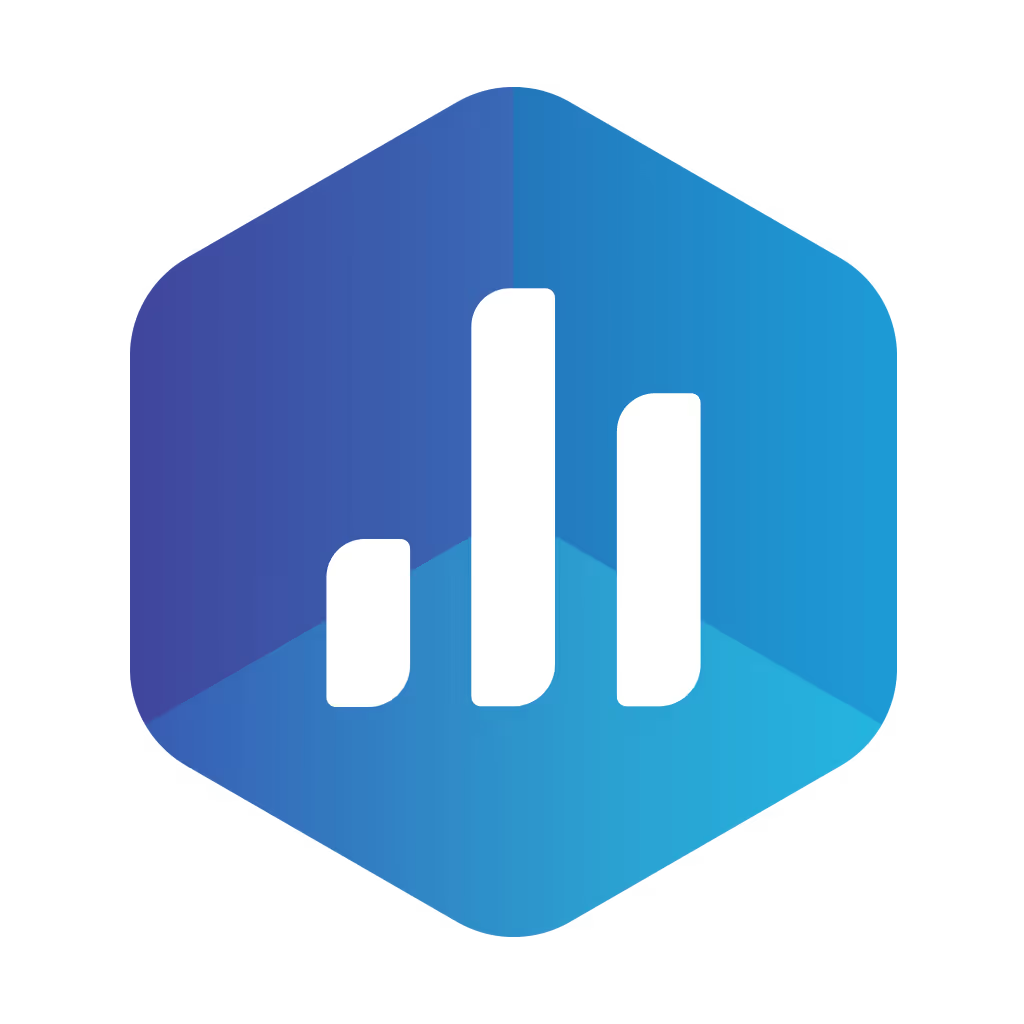Sales reporting is the process of tracking and analyzing sales data to measure performance and make informed decisions.
What can sales reporting do?
It helps identify sales trends, track targets, and improve forecasting for better business outcomes.
How does sales reporting work?
It collects data from sales activities, compiles reports, and visualizes results for quick insights.
Is sales reporting easy to set up?
Most tools offer quick setup with templates and integrations, needing minimal technical skills.
Some tools offer free basic plans, but advanced features usually require a paid subscription.
What is the common sales reporting pricing?
Pricing typically ranges from $10 to $100+ per user per month depending on features.
What are the types of sales reporting?
Common types include daily, weekly, monthly, and pipeline sales reports.
Does sales reporting work with email?
Yes, many tools integrate with email to track communications and link emails to deals.
What are the best sales reporting tools?
Top tools include Salesforce Reports, HubSpot Sales Analytics, and Zoho CRM Reports.
What are common sales reporting integrations?
Typical integrations include CRM systems, email platforms, ERP, and marketing automation tools.































